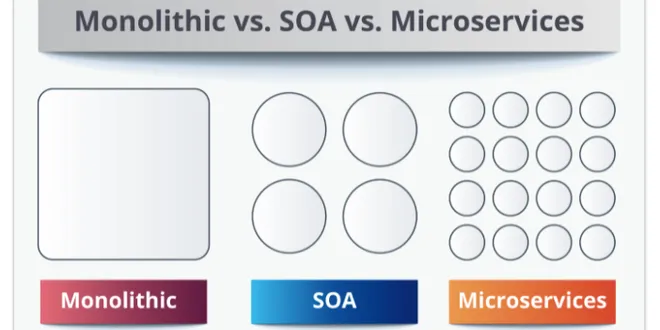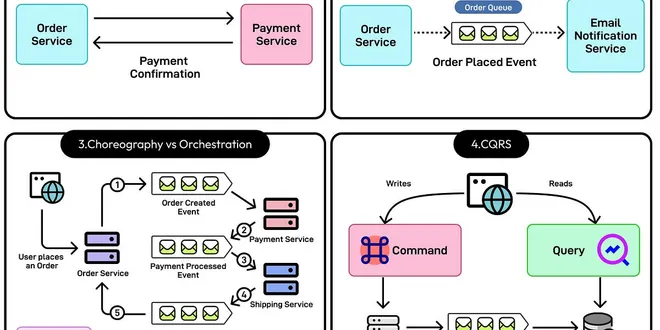Microservices Principles
Microservices principles refer to the foundational concepts that guide the design and implementation of microservices architecture. This architectural style breaks down applications into small, independently deployable services, each focused on a specific business function. Key principles include single responsibility, autonomy, and decentralized data management, which enhance flexibility, scalability, and maintainability. By adhering to these principles, organizations can develop and evolve different parts of their applications independently, leading to faster deployment cycles and improved system resilience. Understanding these principles is crucial for developers and architects aiming to leverage microservices effectively in modern software development.

Principles of the Microservice Architecture
The Microservice Architecture is a design paradigm where a large complex application is broken down into a suite of small function component services that have the following characteristics: The…
📚 Read more at Level Up Coding🔎 Find similar documents

Ace Your Microservices Interviews
Microservices represent a paradigm shift in software architecture, breaking down applications into small, independently deployable services. This approach offers unparalleled flexibility in scaling an...
📚 Read more at Level Up Coding🔎 Find similar documents

The IDEALS Principles Every Microservice Developer Should Know
Learn the IDEALS design principles. Every microservice developer should have these principles in mind while developing microservice-based applications.
📚 Read more at Level Up Coding🔎 Find similar documents

Microservices
Microservices are an architecture where independent, functionality-contained programs communicate via network calls.
📚 Read more at Full Stack Python🔎 Find similar documents

5 Prerequisites To Know Before Adopting Microservices
Microservices is one most common architectural patterns to build highly scalable, distributed applications. This pattern describes delivering the system via small, independently releasable services…
📚 Read more at Better Programming🔎 Find similar documents

Getting started with Microservices
A complete guide to Creation, Registry and Communication with Spring boot and MongoDB. Hey there! Recently delved into the world of microservices and discovered more invaluable insights. Inspired to ...
📚 Read more at Javarevisited🔎 Find similar documents

Immersive guide to microservices
Let me present you main ideas around microservices architecture (short: MSA), which I learnt on the job and from this comeplling book: Building Microservices, 2nd Edition This article is not a study b...
📚 Read more at Level Up Coding🔎 Find similar documents

10 Rules for Reliable Microservices
Hello friends, Microservices offer a scalable and flexible way to build complex applications — but they also introduce new layers of complexity. Unlike monoliths, microservices must communicate over t...
📚 Read more at Javarevisited🔎 Find similar documents

Key points to understand microservice monitoring
Microservices are building blocks of complex systems. They are small, independent services that work together to achieve a greater goal. Microservices typically have more than one language and…
📚 Read more at Level Up Coding🔎 Find similar documents

Microservices Best Practices for Developers
Photo by Growtika on Unsplash Microservice is a widely accepted phenomenon for software development. Using this approach, businesses can gain an advantage in a highly competitive market. By collaborat...
📚 Read more at Javarevisited🔎 Find similar documents

The Microservice Architecture
Microservices are an approach to distributed systems that promote the use of finely grained services that can be changed, deployed, and released independently. For organizations that are moving toward...
📚 Read more at Javarevisited🔎 Find similar documents

Mastering Data Consistency Across Microservices
Microservices architecture is a software design pattern where an application is built as a collection of small, independent services, each responsible for a specific function.
📚 Read more at ByteByteGo Newsletter🔎 Find similar documents

